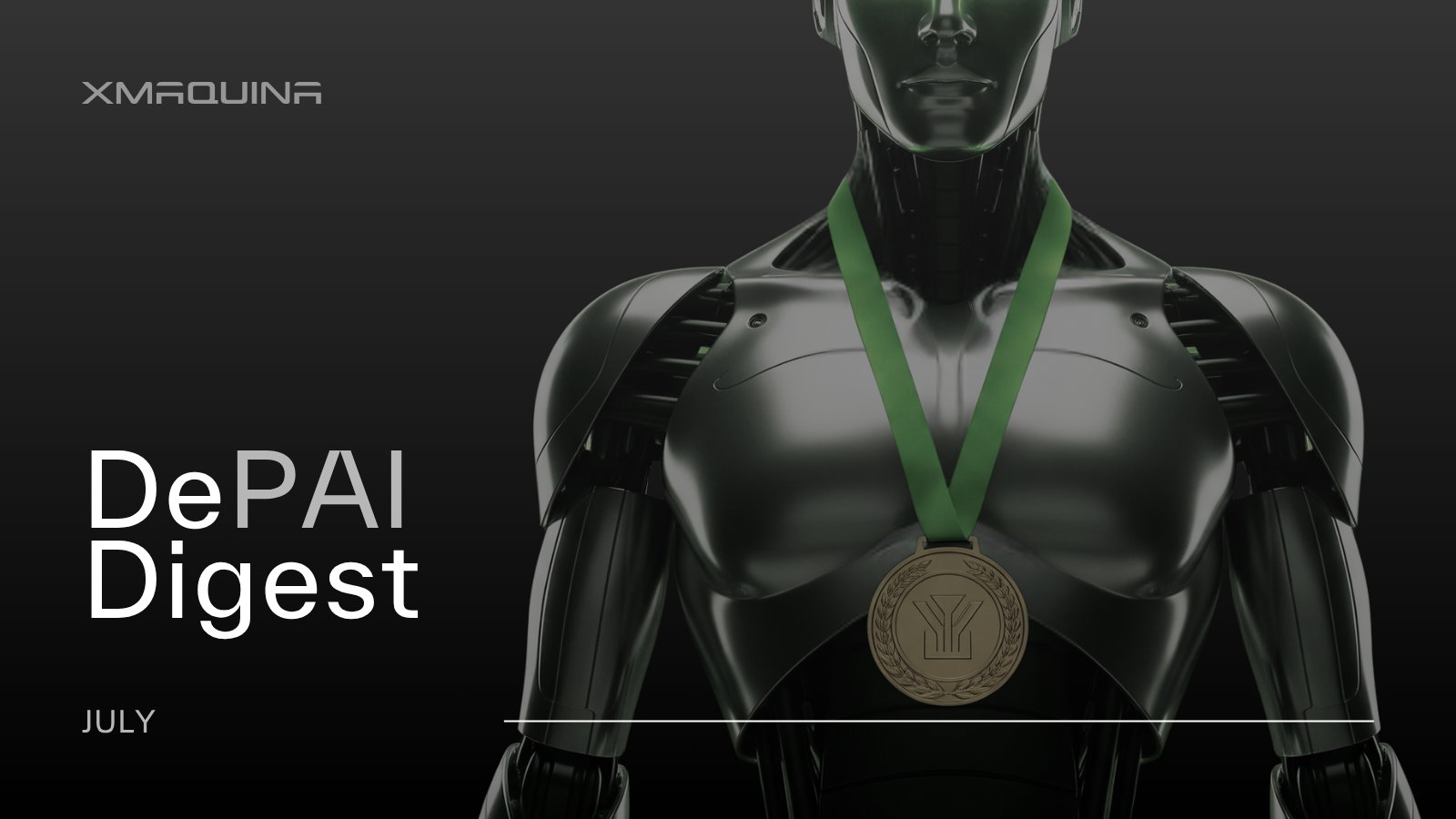
July 28, 2025
Category:
Physical AI
Read time:
9 minutes
Share This:
Across the board, progress in robotics is taking two visible tracks. On one hand, companies are refining full-stack humanoids built for logistics and manufacturing, with better energy systems, integrated AI, and deployment-focused engineering. On the other, we’re seeing the rise of compact, affordable robots aimed at developers and researchers, opening the door to a broader ecosystem of experimentation.
This month’s developments reflect both the technical and cultural sides of that transition.
1. Figure Introduces Next-Gen Battery Built for Autonomy
Figure announced a new battery architecture built specifically for its F.03 humanoid platform. The design features fast charging, active thermal management, and a structural form factor that doubles as part of the robot’s body.
The latest version cuts cost by 78% compared to earlier prototypes and delivers 2kW charging with active cooling. It also doubles as a core structural element - stamped steel and die-cast aluminum, optimized for continuous industrial use. With energy systems emerging as a key bottleneck, this move reinforces Figure’s full-stack strategy.
2. LimX Dynamics Shows Full-Size Humanoid in Action
LimX Dynamics released updated footage of the CL-3, a five-foot-five general-purpose humanoid with thirty-one degrees of freedom.
What makes the CL-3 notable is its training methodology. The robot learns from human motion captured in video data, allowing it to imitate and execute complex behaviors in real time. The company is among a new wave of China-based firms pursuing general-purpose humanoids with aggressive timelines for industrial readiness.
3. UBTECH Walker S2 Swaps Its Own Battery
UBTECH Robotics revealed a major capability milestone - autonomous battery swapping in the Walker S2.
It’s the first humanoid robot publicly demonstrated to remove and replace its own power unit without human assistance. For service robotics, this solves a critical problem in continuous operation and positions Walker S2 as a platform that could one day support round-the-clock service across commercial and domestic environments.
4. Optimus Makes Surprise Public Debut in LA
Tesla’s Optimus made an unannounced appearance at the launch of Tesla’s new LA diner. It handed out popcorn to guests and stood on display as part of the opening weekend.
While limited in function, this marked one of the first public-facing demos of Optimus outside a Tesla factory—part of Musk’s long-term vision of making humanoids “normal.” It’s also a rare test of social reception for a general-purpose bot in a casual public setting.
5. World Humanoid Robot Games Set for August
Beijing will host the first World Humanoid Robot Games from August 15–17, bringing together over 100 global teams.
In the lead-up to the event, organizers have already begun preliminary tests, running humanoids through mobility and coordination drills in controlled environments. The competition will include real-time challenges in walking, object handling, and interactive response - designed to push both hardware and AI in front of a live audience.
More than a showcase, the Games are being treated as a benchmark for real-world readiness, drawing attention from global media, manufacturers, and policy observers watching how these machines perform under pressure.
6. Unitree Launches R1 for $5,900
Unitree Robotics introduced the R1, a compact humanoid robot developed for affordability and developer access. Standing four feet tall and weighing twenty-five kilograms, the R1 includes twenty-six joints, voice and image recognition, and a one-hour swappable battery.
The R1 is positioned as an entry point for developers and early adopters to explore embodied AI without the high barriers of traditional platforms. As open-source tooling improves, the R1 could serve as a foundation for a new generation of robotic experimentation.
7. EngineAI Raises ¥1B to Scale Humanoids
EngineAI raised nearly ¥1B (~$140M) to scale production of its humanoid systems.
The round will accelerate development of high-performance joint modules and fund delivery across both bipedal and full humanoid platforms. Mass deployment is expected to begin in the second half of 2025. With China focused on replacing its aging workforce through automation, EngineAI is positioning to be a national-scale supplier.
Bullish on Robotics? So Are We.
XMAQUINA is a decentralized ecosystem giving members direct access to the rise of humanoid robotics and Physical AI—technologies set to reshape the global economy.
Join thousands of futurists building XMAQUINA DAO and follow us on X for the latest updates.
Owner:



.png)
.png)

